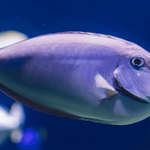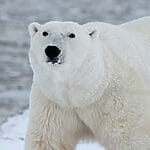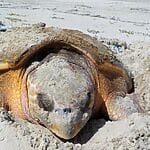There are many different environments in which animals are able to live and thrive, and perhaps one of the most popular spots is in trees! Trees are an essential part of our ecosystem and can also make great homes to so many of the different animals that inhabit Earth!
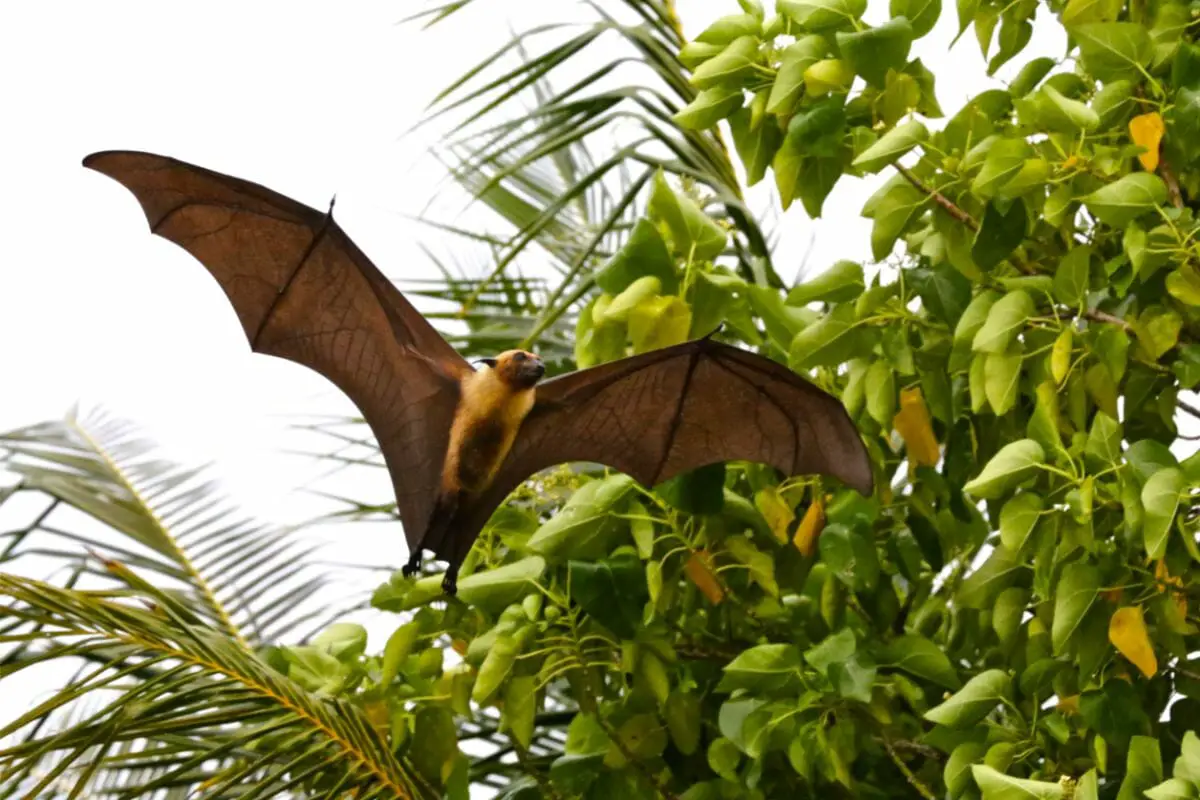
Whether it’s inside the trunk, within the bark, or simply amongst the top most branches of the tree, every part of the tree you can see will have some species of animals making its home there!
So if you’re curious as to what sorts of animals live (see also: Animals That Live In The Mariana Trench)in trees, then read through this guide, and you may find out more than you originally thought!
Orangutans

These primates are known as the world’s biggest arboreal mammals and are often seen spending their time in trees. In fact, they spend most of their 30-year lifespan in the heights of the trees of Southeast Asia.
The trees make excellent homes for Orangutans and provide them with the varied diet they need in order to survive, especially the fruit, which helps them to get the nutrients required for them to grow properly.
Other aspects of an Orangutan’s diet include honey, insects, bird eggs, and foliage, all of which are commonplace in their natural habitat.
Fruit Bats
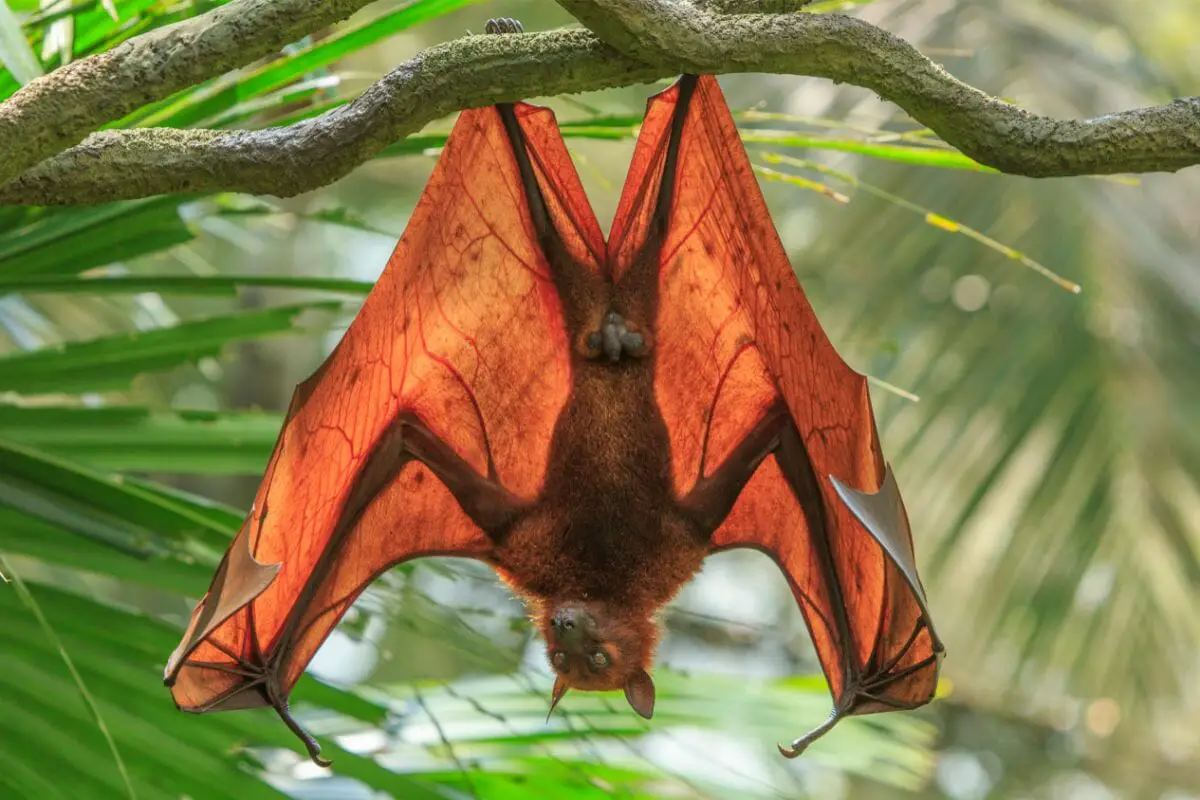
One of the biggest species of all the bats, these animals are known to live and roost on the highest branches of trees, mainly due to the fact that their diet consists of fruit.
More specifically, fruit bats tend to only consume the juice of the fruits that they eat, and they are also known to eat leaves, pollen, sap, and nectar. But their food sources still firmly remain up in the trees.
Their appearance, consisting of a rather pointed nose, big eyes, and cute small ears, has earned them the rather endearing nickname of the “flying fox”.
These bats roost in trees in large numbers, sometimes even in the thousands, with some of the largest record fruit bat roosts reaching numbers of close to 20,000!
Brush-Tailed Possums
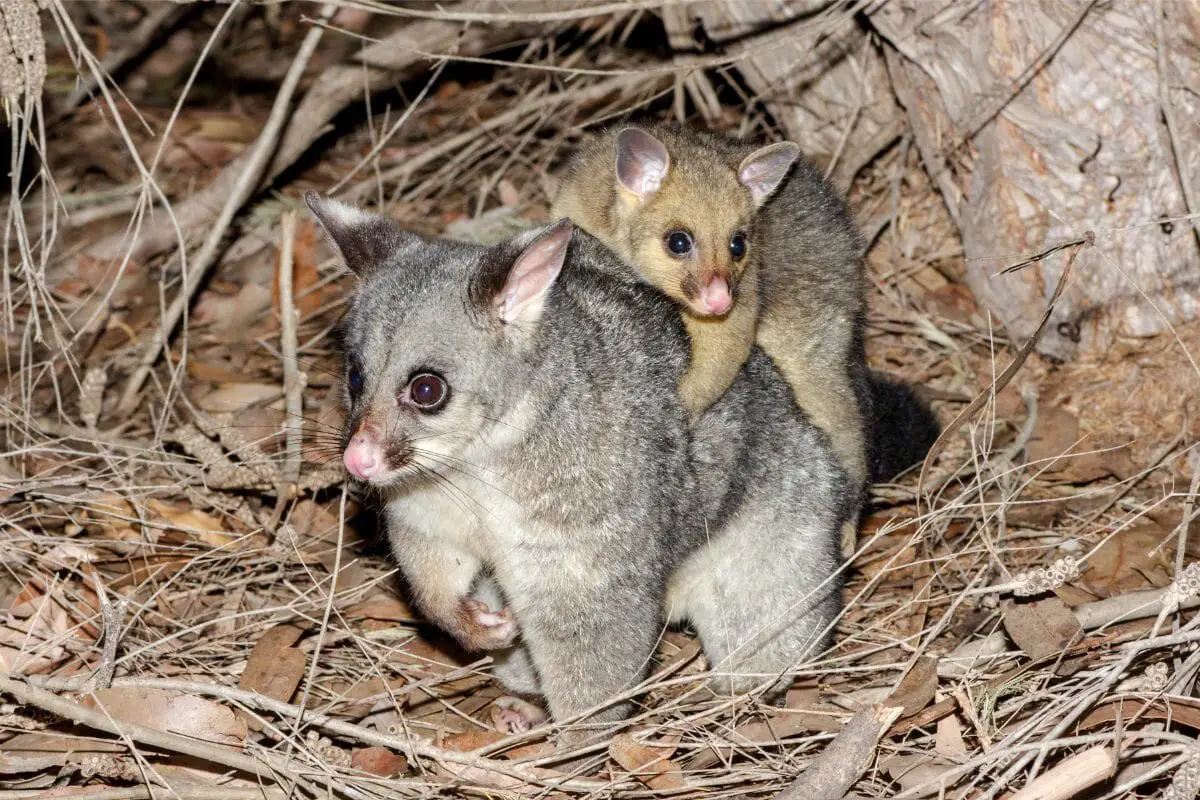
These adorable looking animals are a common sight in the trees of their native Australia, as well as New Zealand, where they’ve been naturalized over time.
These animals do prefer to live on the East coast of Australia, an area teeming with woodlands and forests, especially near areas that have rivers and small creeks so that they can access water.
Their homes tend to be made inside hollow tree trunks, but this means that they often have to contend with the various other animals that want to do the same!
They’re known for their rather distinct color scheme, with a silvery grey shade of fur and a big black stripe that runs across the length of their snout. Find out which New Zealand animals are dangerous in this post.
Pileated Woodpecker

As the largest of all tree dwelling birds, the Pileated Woodpecker can reach an impressive length of upto 15 inches, and is just bigger than an average crow.
They’re also the largest woodpecker in North America, where their native habitat consists of deciduous trees, which they use their incredibly strong bills to chisel away a home for themselves inside of the trunk.
They also use their bill to mark their territory, which is done by hammering on the tree’s trunk.
Their unique color and large sizing means that Pileated Woodpeckers are very recognizable, and not likely to be confused with the other species of woodpeckers that live throughout North America.
Green Iguana

One of the largest of the iguana (Also check out Types Of Iguanas) family of species, the Green Iguana is a tree dwelling lizard that often makes its home in the canopy of trees throughout Central and South America, commonly found in Mexico, Southern Brazil, as well as some of the Caribbean Islands.
The canopy is a great habitat for these lizards, as they’re herbivores.
These Iguanas live for a considerably long time, 15 years in some cases, and are distinguished by their stocky trunk and thin, long, tail.
Green iguanas do tend to leave the canopy however and will leave a tree for various reasons, whether that’s simply to move to a better tree, as well as mating and laying eggs.
Flying Dragons
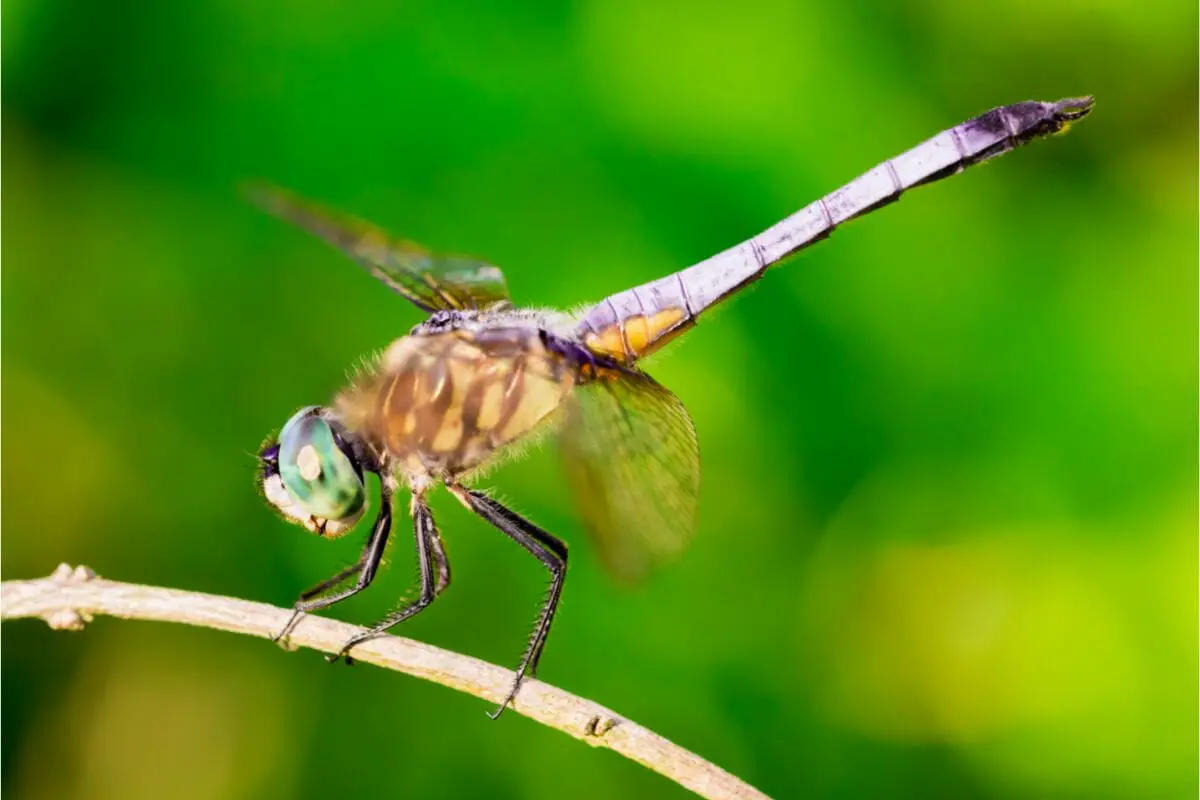
Despite what their name suggests, these lizards are a little bit smaller than some of the dragons you may have heard about in myths and legends.
But, these animals commonly nicknamed “Dacros”, are incredibly committed to their tree-dwelling lifestyle, as they very rarely leave the trees that they inhabit in tropical forests.
The only time that is known for these lizards to leave the nest is when they lay eggs. For the males, this means that once they’ve hatched from the eggs on the floor, the likelihood is that they’ll never leave the tree again.
Bark Beetles
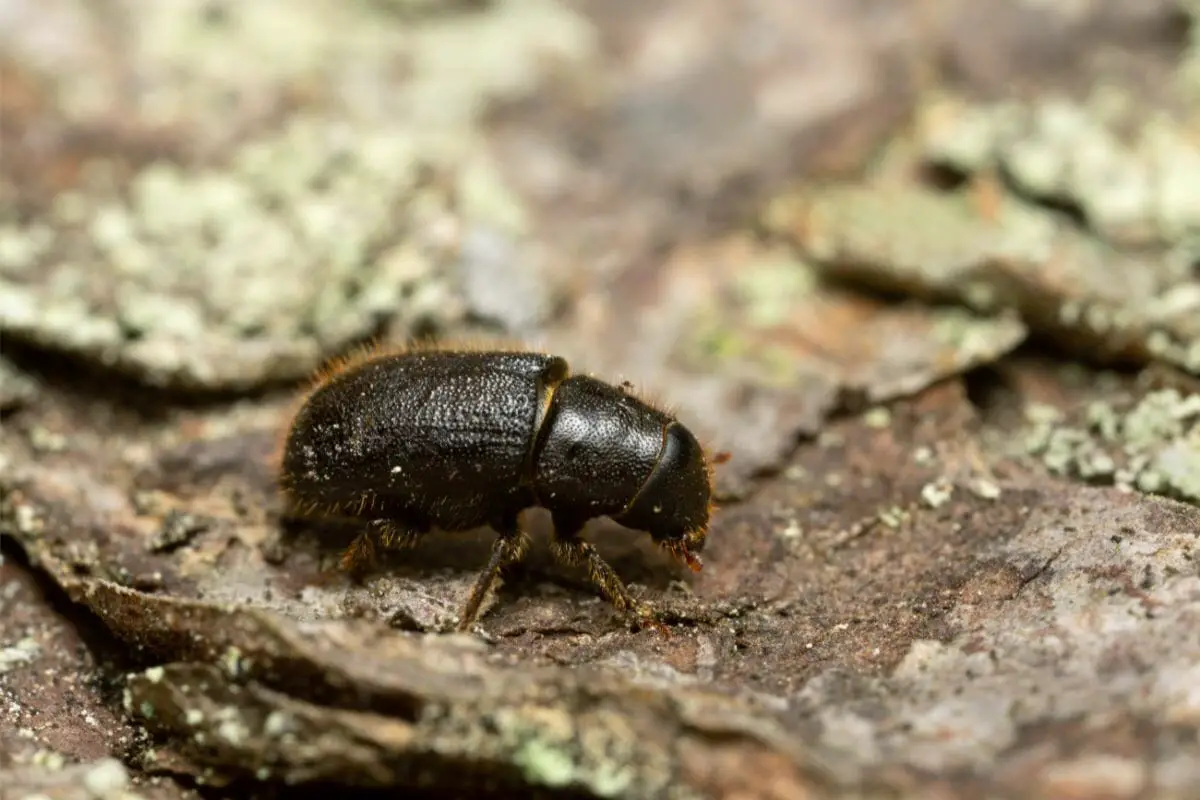
These beetles are an essential part of many animal’s nutrition, and are commonly found living in trees that are close to death.
However, one of the ironic aspects about their habit of decaying trees is that they help trees’ nutrient cycle, which leads them to thrive for just that little bit longer.
The adults of this species begin to infest trees initially by chewing the tree’s bark, which leaves behind small holes in the tree, these holes are called “pitch tubes”, which will then lead the tree to ooze out its resin through the tube.
Further tunnels and holes are also created when the beetles begin to lay their eggs, and entire networks of these tunnels can often be found under the bark of a tree that Bark Beetles have chosen to inhabit.
Conclusion
In conclusion, trees provide a wonderful habitat to so many different species of animals all over the world, often providing shelter, food sources, and proximity to hydration, all in one convenient location.
Therefore it is vital that we continue to look after our trees all over the world to ensure that some of these wonderful animals are able to continue to thrive.
- What Should I Do If A Koala Bites Me? Safety Guide - 2024-05-30
- Are Kangaroos Born Without Hind Legs? A Fascinating Journey - 2024-05-30
- Animals That Look Like Squirrels - 2024-05-30






